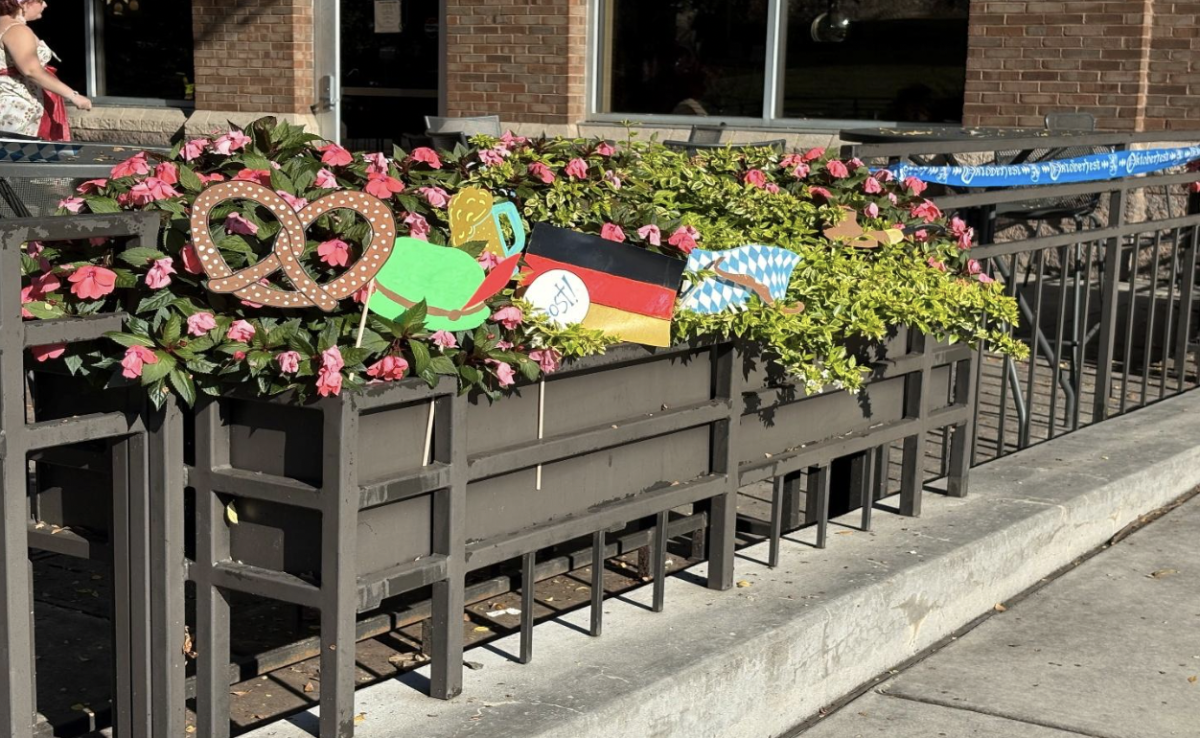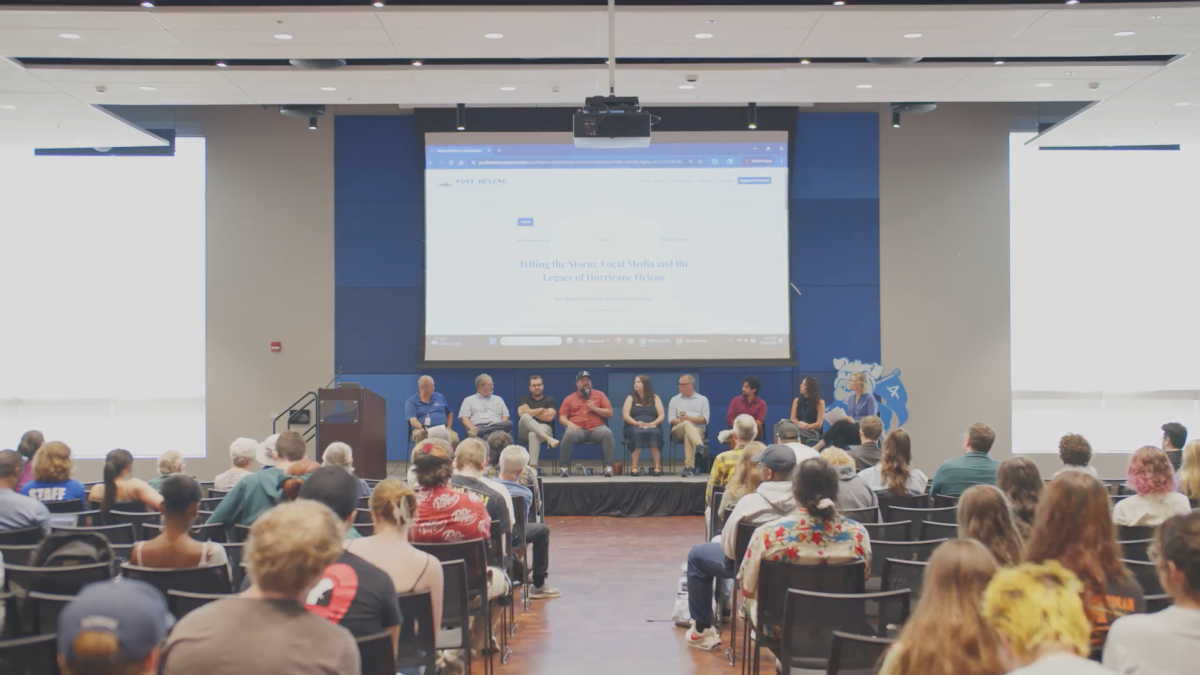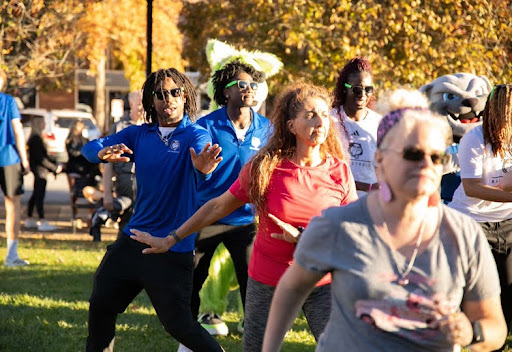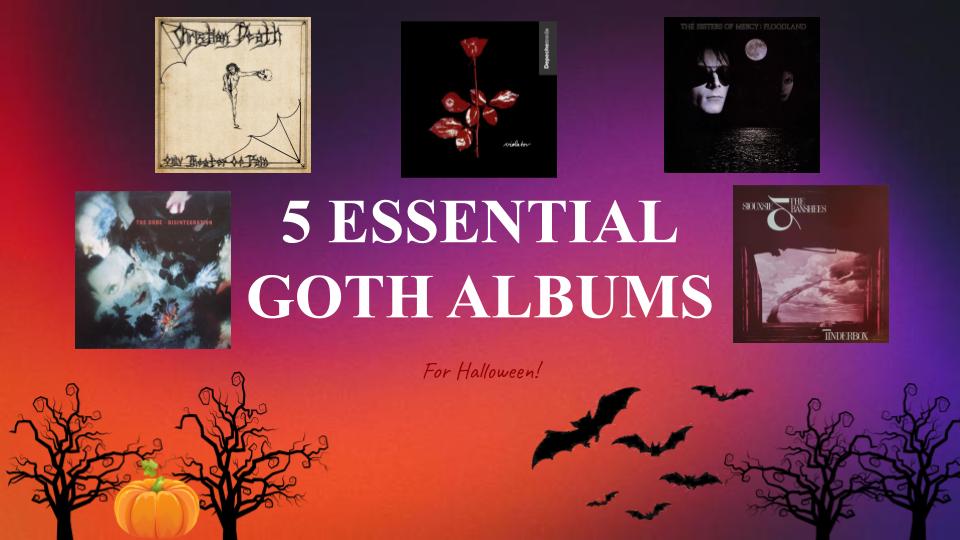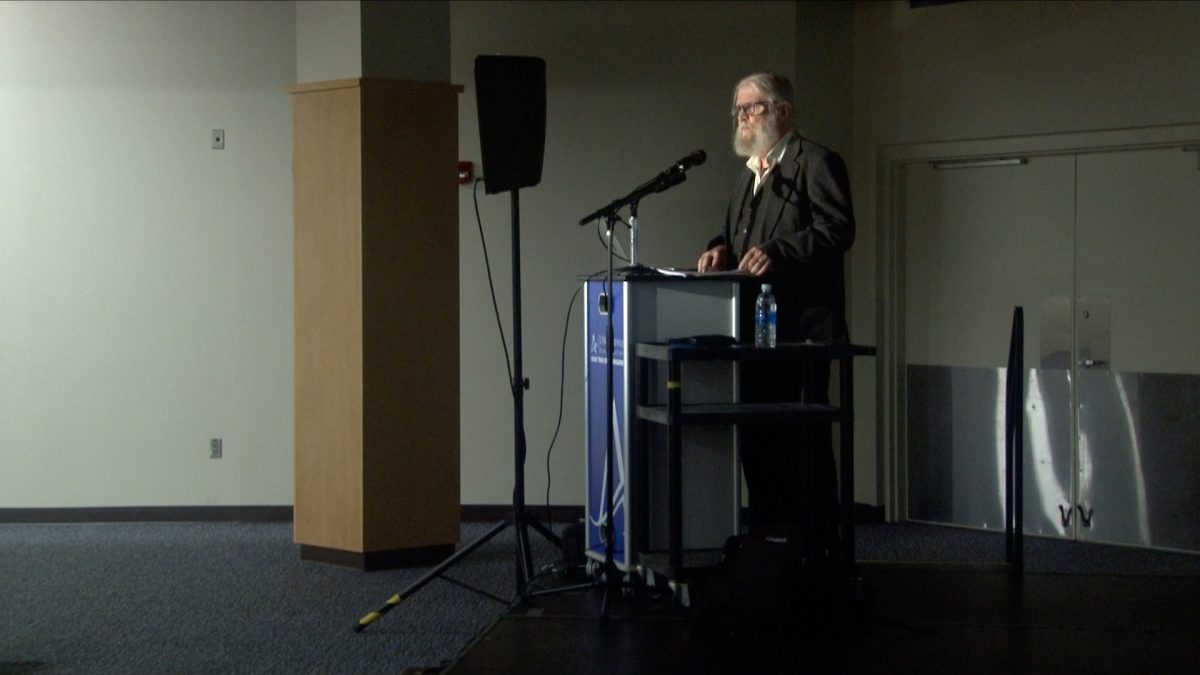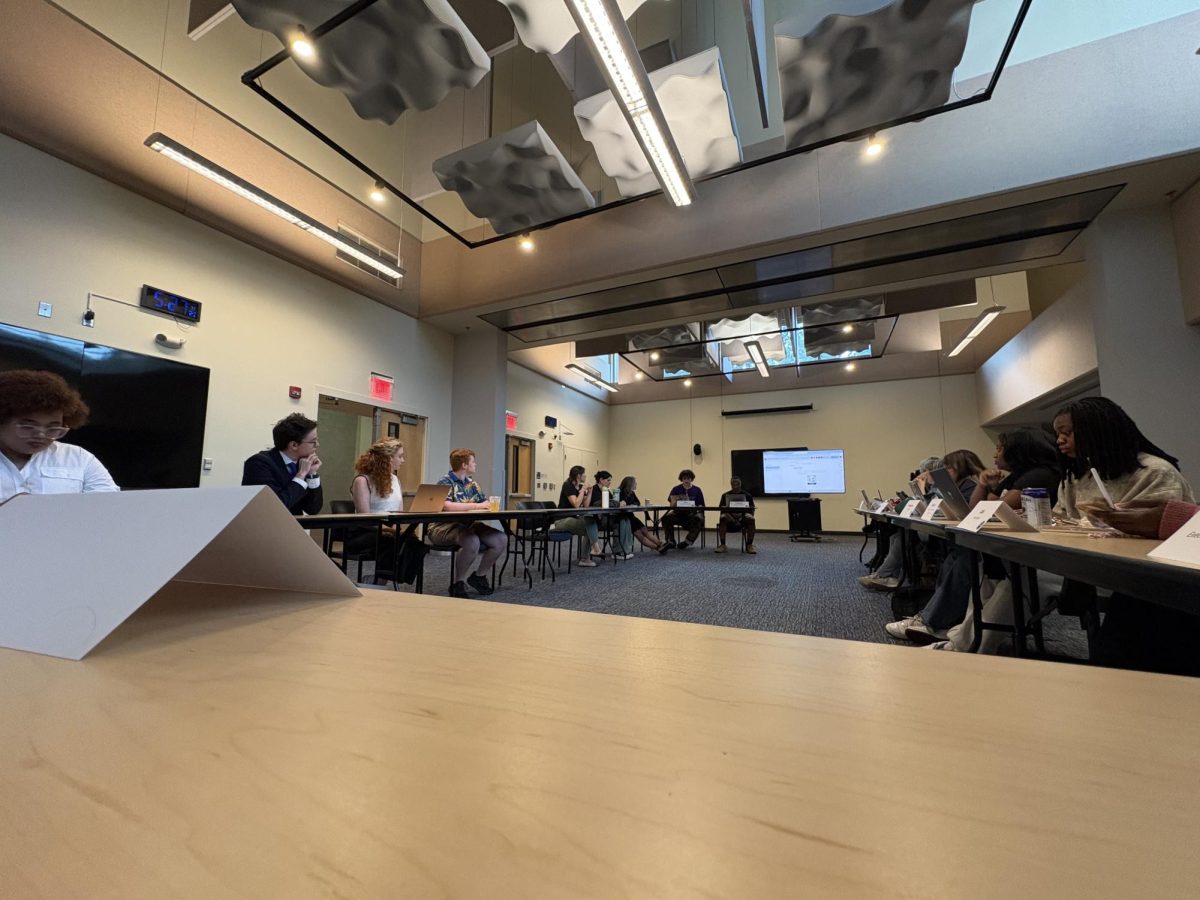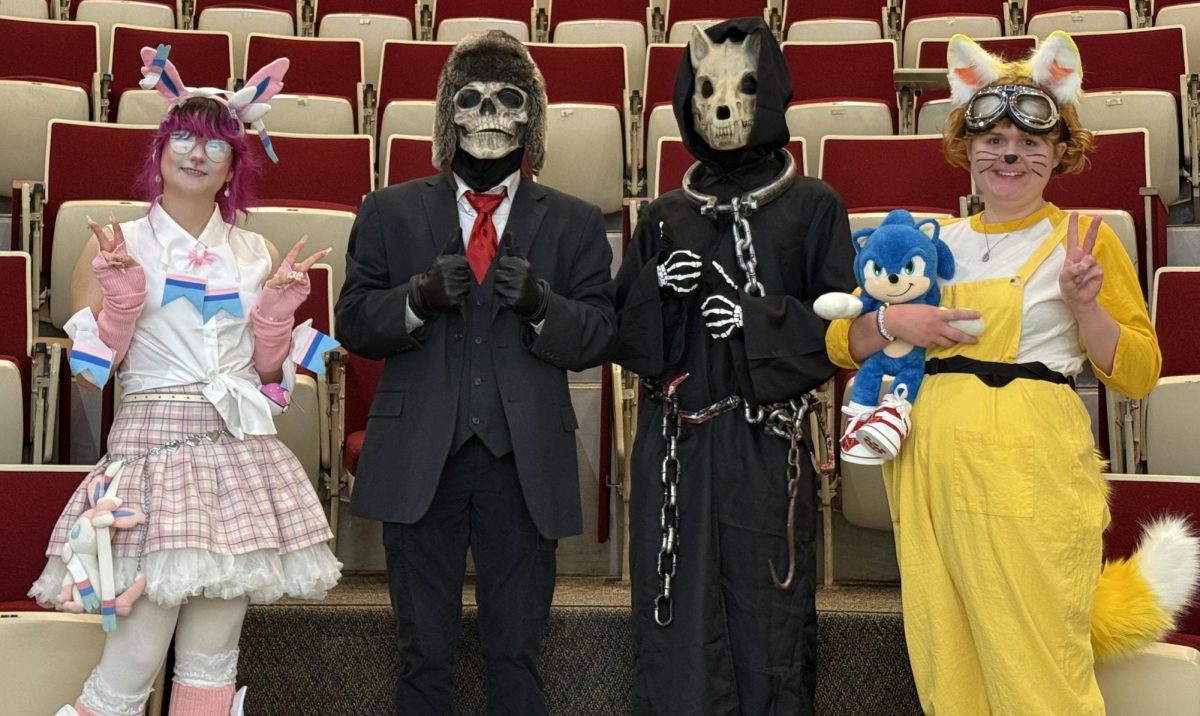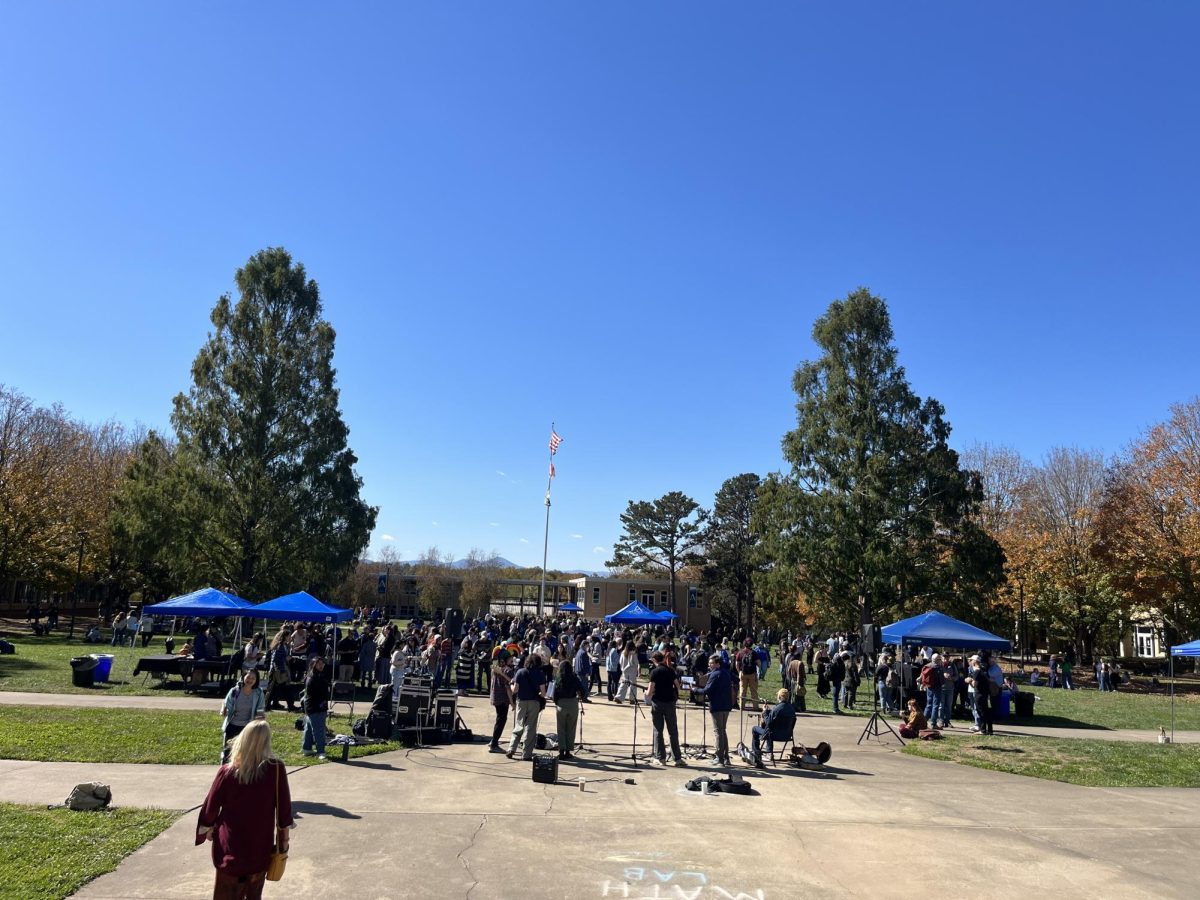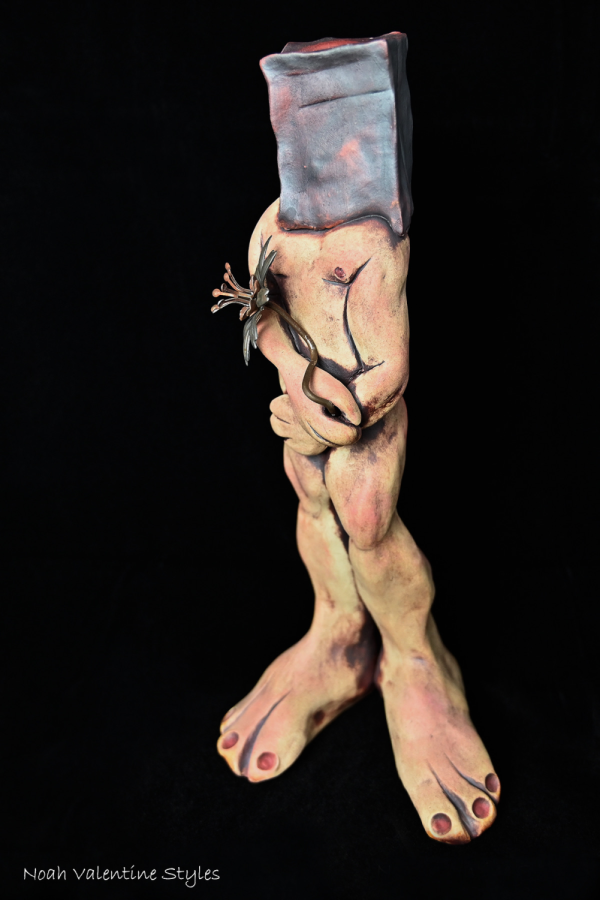Artists of WNC share what inspires, motivates and discourages them
March 15, 2023
Three local artists provide an introspective look into how and why they create. One former artist discusses his falling out with ceramics.
Gina Myers works for the Eastern Band of Cherokee Indians in the Dadiwonisi Adult Language Program where she is learning to speak the Cherokee Language. She is a 29-year-old artist who regularly works with clay.
“For what I do with pottery, I would say my biggest influences and inspirations are my mother and grandmother, Merina Swimmer Myers and Amanda Sequoyah Swimmer,” Myers said.
Meyers’ grandmother Amanda Sequoyah Swimmer ensured the preservation of Cherokee culture throughout her life, receiving many awards and acknowledgments such as the honorary degree of doctor of humane letters from UNC Asheville in 2005.
“I was born and raised in western North Carolina. I grew up in Murphy, North Carolina and spent much of my childhood with my mother’s side of the family in Cherokee,” Myers said.
Swimmer learned about pottery through trial and error and picking up skills from other potters in the Oconaluftee Indian Village. She would begin experimenting with pottery and soon discovered how to use different woods to produce color variations on her pieces at her home in Big Cove.
“I think growing up here has given me a connection to my family and culture, which plays a large role in preserving traditional Cherokee pottery. My mother’s family name is Swimmer and that is what I sign my pottery with because I believe that’s the name that should be carried on through my craft,” Myers said.
Swimmer would receive the North Carolina Heritage Award in 1994 for her contribution to the cultural preservation of traditions that were nearly lost.
“Mom and grandma would hand us clay to play with while they made pots, but I really got invested in keeping the tradition alive after Grandma Mandy passed away in 2018. It became important to me to preserve and continue our tradition and culture through traditional Cherokee pottery,” Meyers said.
Four years after receiving her doctorate from UNCA, Swimmer would receive the Mountain Heritage Award from Western Carolina University.
“I want to keep this craft alive and be capable of passing it onto the next generation,” Meyers said.
Myers’ work is sold to the John C. Campbell Folk School craft shop and she occasionally attends festivals.
“I realized at an awfully early age consistency, conservatism and fear were the enemies of creativity,” said Noah Valentine Styles, a multimedia artist from Burnsville.
Styles said he was born and raised in the south. His formative years were spent in a small, rural Appalachian town surrounded by strong, opinionated women who worked themselves to death while men puttered and tinkered in garages and fishing holes.
“The women in my life not only survived, but thrived on stubbornness, humor and a variety of antidepressants. Their courage and wisdom inspired me to embrace humor, contradictions and absurdity in how I relate to art and to the world,” Styles said.
Style’s artwork is currently available at the One of a Kind Gallery (OOAK) in Micaville and at High Country Ceramic Arts in Burnsville with online gallery sales coming soon.
“When I was in kindergarten, a very well-meaning teacher scolded me for coloring outside of the lines. She was horrified by the sudden, regressive, infantile waste of brand named crayons, especially when my other coloring assignments demonstrated extraordinary talent, insight and intensity never seen before in a classroom of five year old children,” Styles said. “She was convinced that on the spur of the moment I had chosen a life of crime and artistic despondency.”
Styles says his biggest influences are illustrators such as Stephen Gammell, who is best known for his dark sketches in “Scary Stories to Tell in the Dark,” and Gary Larson’s “The Far Side” comic strip.
“After years of working in a variety of mediums, I finally decided to throw all of my favorites together and create mixed media pieces. Most of my work has included clay, wood, found objects, acrylic and queer magic,” Styles said.
Styles said his biggest challenge has been working during the times when he lacks inspiration, forcing himself into the studio to create something.
“Art has always been the thing that prevented me from jumping off a cliff. I found the act of creating decreased depression, reduced anxiety and kept me out of jail. Historically, artists have been crazy, rebellious, misunderstood, but because we see the world differently, we’re crazy enough to think we can change it,” Styles said.
Allen Chambers is a second semester sophomore at Western Carolina University and he said his passion for art came from his high school ceramics class, but he’s recently lost interest.
“My first ceramics instructor was and still is a legend and I thank them for all they taught me. Another inspiration to me is Wolfgang Beltracci, who in the ‘90s single-handedly destroyed the credibility of all artists around the world with his masterful forges which made him tens of millions of dollars,” Chambers said.
The 19-year-old came to WCU as a ceramics major, however he said the curriculum would influence him to stop pursuing the craft completely.
“I have zero interest in all forms of art with the exception of pottery and after being told by the art department of my college I would be graded on the hidden meanings behind my pieces instead of the pieces themselves, I lost interest in making them,” Chambers said.
Chambers spent three years creating ceramics, which he said he will continue to sell privately or gift to members of his family.
“I deeply enjoyed making bowls, cups, pots and cookware because it had a real world use and brought me joy to see people using my works. However, I quickly realized in most college classes you are required to incorporate meanings into all your works. This caused me to lose all my interest as the only thing I was there for was to learn how to make pots,” Chambers said.
Although he’s no longer pursuing ceramics, Chambers is a full-time student at Western Carolina University studying natural resource conservation and management.
“Don’t let me dissuade you from art. It’s undeniable that it’s had a giant impact on humanity and the world, however the 21st century hasn’t been kind to art or artists,” said Chambers.
